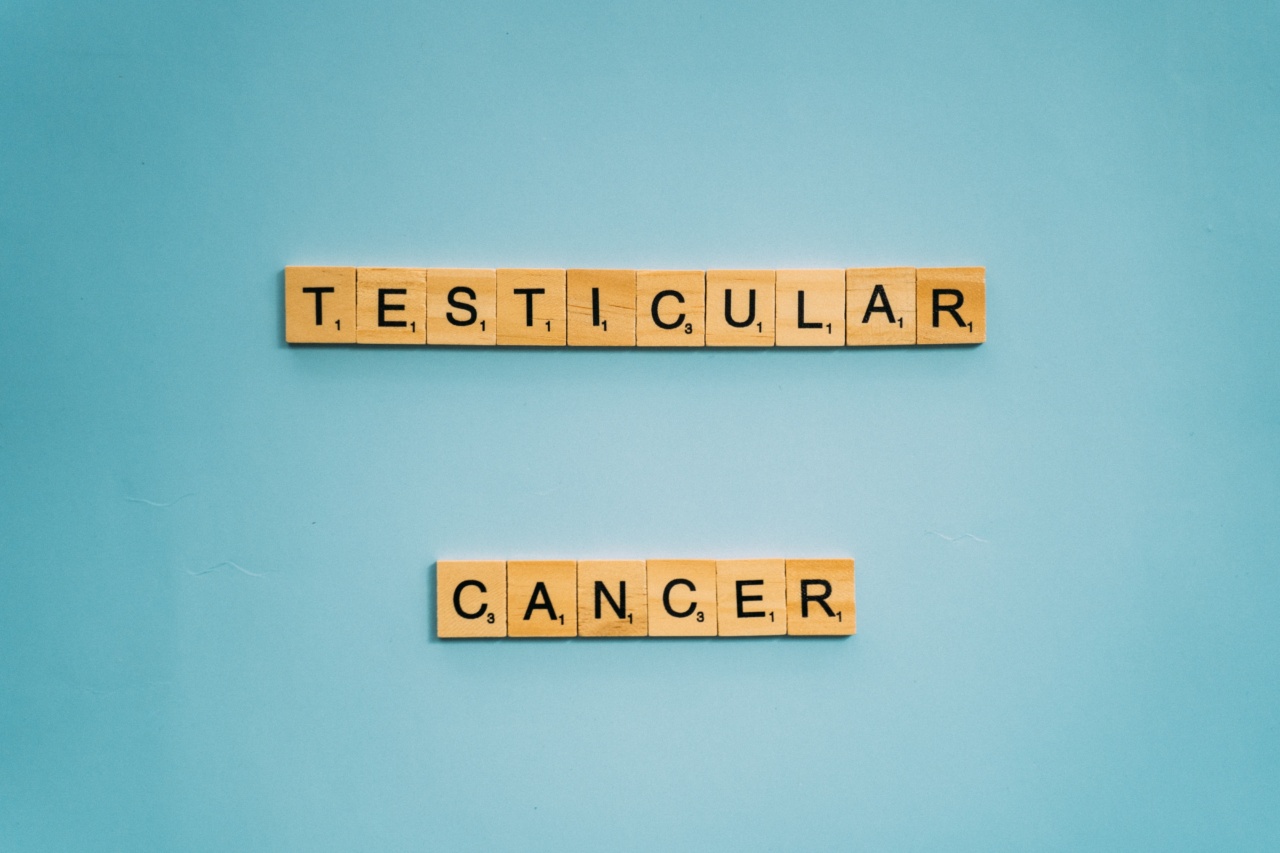Risk factors
While the exact causes of testicular cancer are unknown, there are several risk factors that increase the likelihood of developing the cancer. These include:Age: Testicular cancer is more common in men between the ages of 15 and 35.
Race: White men have a higher risk of developing testicular cancer compared to men of other races.
Family history: Men with a family history of testicular cancer have a higher risk of developing the condition.
Medical history: Men who have had one testicle affected by testicular cancer have a higher risk of developing it in the other testicle.
Signs and symptoms
One of the best ways to detect testicular cancer early is to be aware of the signs and symptoms. Some common symptoms include:A lump or swelling in one of the testicles.
Pain or discomfort in either testicle.
A heavy or dull sensation in the scrotum.
A sudden accumulation of fluid in the scrotum.
Enlargement or tenderness of the breasts.
If you notice any of these symptoms, it is important to visit your doctor right away for an evaluation.Self-examination
Self-examination is also a helpful way to detect testicular cancer early. It is recommended that men perform self-examinations once a month to check for any abnormalities. To perform a self-examination, follow these steps:1. Hold the scrotum in the palm of your hand and use your fingers to examine each testicle separately.
2. Roll each testicle between your fingers to check for any lumps or abnormalities.
3. Check the epididymis, a cord-like structure behind the testicle, for any hard or tender spots.
If you notice any lumps, swelling, or changes during a self-examination, it is important to visit your doctor as soon as possible for an evaluation.Diagnosing testicular cancer
If your doctor suspects testicular cancer, they will perform a physical examination and take a detailed medical history. They may also recommend several tests to confirm a diagnosis, including:Ultrasound: An ultrasound uses high-frequency sound waves to create images of the testicles. This test can confirm the presence of a lump or abnormality.
Blood tests: Blood tests can detect tumor markers that may indicate the presence of testicular cancer.
Biopsy: In some cases, a biopsy may be necessary to confirm a testicular cancer diagnosis. During a biopsy, a small amount of tissue is removed from the affected testicle and examined under a microscope for cancer cells.





























